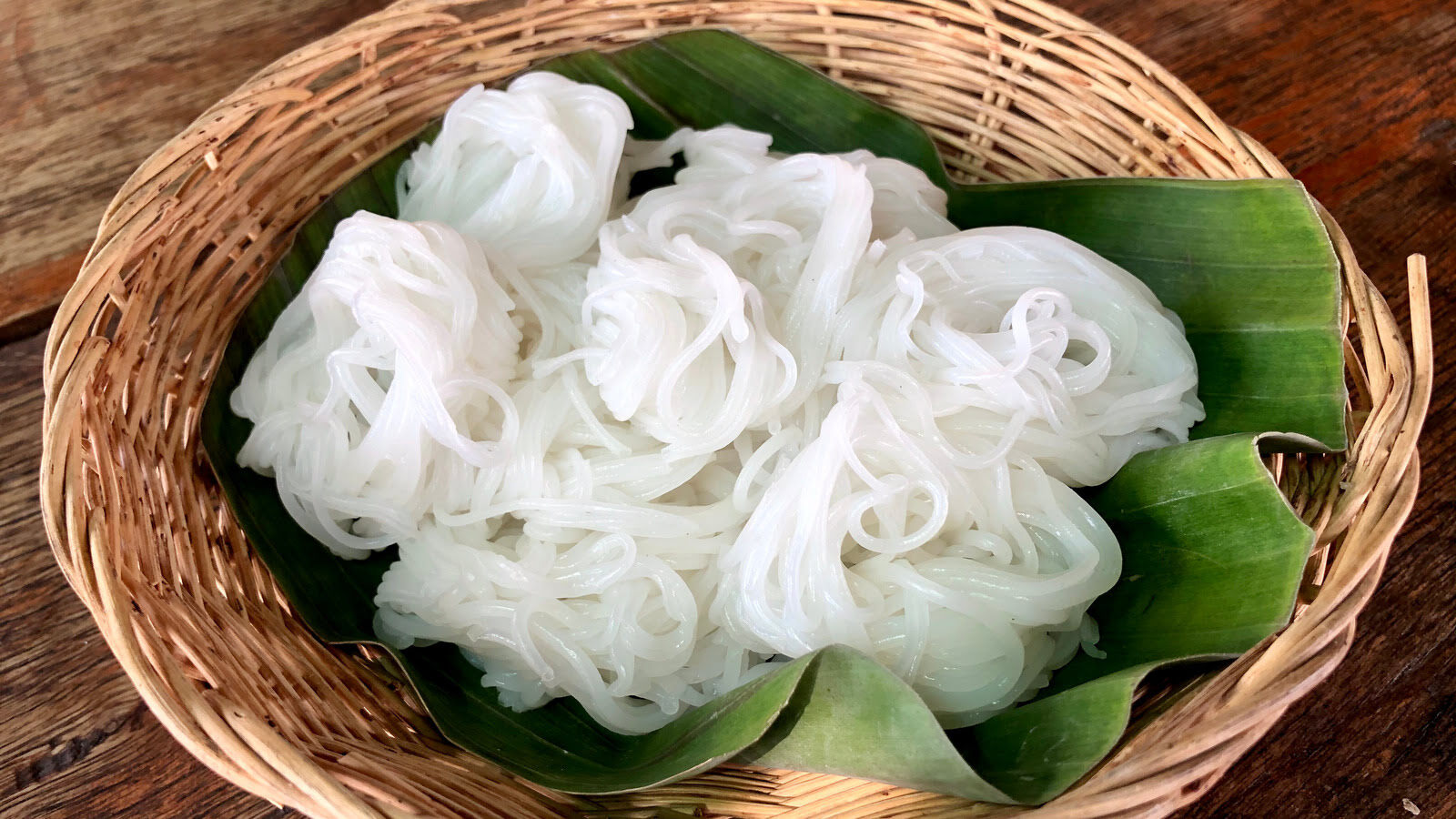

Articles
How To Store Cooked Rice Noodles
Modified: May 6, 2024
Learn how to properly store and preserve cooked rice noodles in this informative article. Keep your noodles fresh and delicious for longer!
(Many of the links in this article redirect to a specific reviewed product. Your purchase of these products through affiliate links helps to generate commission for Storables.com, at no extra cost. Learn more)
Introduction
Welcome to our guide on how to store cooked rice noodles! Rice noodles are a versatile and delicious ingredient that can be featured in various mouthwatering dishes, including stir-fries, soups, and salads. Whether you have made a big batch of rice noodles for a dinner party or have leftovers from last night’s takeout, knowing how to store them properly is crucial to maintain their taste, texture, and safety for consumption.
Properly storing cooked rice noodles not only ensures that they stay fresh and appetizing but also helps to minimize waste and maximize their shelf life. In this article, we will delve into the various factors to consider when storing cooked rice noodles and provide you with a step-by-step guide to effectively store them. We will also share some valuable tips to help you maintain their freshness and prevent them from turning mushy or drying out.
So, if you’re ready to learn the best practices for storing cooked rice noodles and keeping them perfectly preserved until your next meal, let’s dive right in!
Key Takeaways:
- Properly storing cooked rice noodles is crucial for maintaining their freshness, texture, and taste, ensuring they stay delicious and safe to consume.
- By following the guidelines provided, you can maximize the storage life of your cooked rice noodles, preserving their taste and texture for future enjoyment.
Read more: How To Store Leftover Noodles
Overview of Cooked Rice Noodles
Cooked rice noodles are a staple in many Asian cuisines, known for their delicate texture and ability to absorb the flavors of accompanying sauces and spices. These noodles are typically made from rice flour and water, resulting in a gluten-free alternative to wheat-based noodles. Depending on the variety, rice noodles can be thin or thick, flat or round, and either translucent or opaque.
One of the appealing aspects of rice noodles is their quick cooking time. Unlike other types of pasta, rice noodles typically require just a few minutes of boiling to become tender and ready to eat. This convenience makes them a popular choice for busy cooks and those looking for a fast and easy meal option.
Rice noodles are incredibly versatile and can be used in a wide range of dishes. They are commonly seen in stir-fries, soups, spring rolls, noodle salads, and even desserts. Their neutral flavor profile allows them to complement a variety of ingredients, whether it’s savory sauces and vegetables or sweet sauces and fruits.
When cooked properly, rice noodles have a soft and chewy texture that adds a pleasing mouthfeel to any dish. However, if not stored correctly, they can become dry, sticky, or clumpy, which can drastically affect their taste and overall quality.
Let’s now explore the importance of proper storage to maintain the freshness and texture of cooked rice noodles.
Importance of Proper Storage
Properly storing cooked rice noodles is essential for several reasons. First and foremost, it helps preserve the freshness and taste of the noodles. When rice noodles are exposed to air and moisture, they can quickly become dry and lose their soft and chewy texture. Storing them correctly can help maintain their moisture content and prevent them from turning tough and unappetizing.
In addition to maintaining the texture, proper storage also ensures food safety. Rice noodles, like any other cooked food, can perish if left at room temperature for too long. Bacteria can multiply rapidly in warm environments, leading to the risk of foodborne illnesses. By storing cooked rice noodles promptly and at the right temperature, you can reduce the chances of bacterial growth and keep them safe for consumption.
Another important aspect of proper storage is minimizing waste. Many of us tend to make larger batches of cooked rice noodles to have leftovers for future meals. By storing them correctly, we can prevent them from spoiling too quickly and extend their shelf life. This not only helps save money but also reduces food waste, which is a significant concern in today’s world.
Proper storage is especially crucial for those who enjoy meal prepping or have busy schedules. By storing cooked rice noodles properly, you can prepare meals in advance, ensuring that you have a quick and convenient option available whenever hunger strikes. Plus, maintaining the quality and taste of the noodles ensures that your prepped meals remain enjoyable and satisfying.
Now that we understand the importance of proper storage, let’s dive into the various factors you should consider when storing cooked rice noodles.
Factors to Consider When Storing Cooked Rice Noodles
When it comes to storing cooked rice noodles, there are several key factors to keep in mind to ensure their optimal freshness and quality. Here are the important considerations:
- Temperature: Rice noodles should be stored at a cool temperature to prevent bacterial growth. Ideally, you should refrigerate them as soon as they have cooled down to room temperature. Keeping them at a consistent temperature below 40°F (4°C) helps extend their shelf life and maintain their texture.
- Container: Choose an airtight and food-safe container to store cooked rice noodles. Plastic or glass containers with tight-fitting lids are ideal for this purpose. Make sure the container is clean and dry before transferring the noodles to prevent any moisture from getting trapped inside.
- Separation: Avoid storing cooked rice noodles in a clumped or compacted form, as this can lead to uneven moisture distribution and the noodles sticking together. Toss them gently with a small amount of oil to prevent sticking before storing. If you need to stack multiple portions, use parchment paper or plastic wrap to separate each layer.
- Labeling: It’s a good practice to label the container with the date of storage. This helps you keep track of how long the noodles have been stored and ensures you consume them within a safe period. Generally, cooked rice noodles can be stored in the refrigerator for up to 3-5 days.
- Freezing: If you have a large quantity of cooked rice noodles or want to store them for an extended period, freezing is an excellent option. Place the noodles in a freezer-safe container or bag, removing as much air as possible, and seal tightly. They can be stored in the freezer for up to 3 months. However, keep in mind that the texture may slightly change upon thawing.
- Sauces and toppings: If your cooked rice noodles are already mixed with sauces and toppings, it’s best to store them separately. Keeping the sauce and toppings separate from the noodles helps maintain their individual flavors and prevents the noodles from becoming soggy. Store each component in separate airtight containers and combine them when reheating or serving.
By considering these factors and following the proper storage guidelines, you can ensure that your cooked rice noodles stay fresh, flavorful, and safe to consume. Next, we’ll provide you with a step-by-step guide on how to store cooked rice noodles effectively.
Step-by-Step Guide to Storing Cooked Rice Noodles
Storing cooked rice noodles properly is a simple and straightforward process that requires a few easy steps. Follow this step-by-step guide to ensure your noodles stay fresh and delicious:
- Cool the noodles: Allow the cooked rice noodles to cool down to room temperature before storing. This helps prevent condensation and excess moisture from forming in the container.
- Toss with oil: Gently toss the cooled rice noodles with a small amount of cooking oil. This helps prevent them from sticking together while in storage.
- Choose an airtight container: Transfer the rice noodles to an airtight container with a tight-fitting lid. Ensure the container is clean and dry before use to avoid introducing any moisture.
- Separate layers: If you have multiple portions or want to stack the noodles, separate each layer with parchment paper or plastic wrap. This prevents them from clumping together or sticking.
- Label and date: Label the container with the date of storage. This helps you keep track of how long the noodles have been stored and allows you to consume them within a safe timeframe.
- Refrigerate or freeze: Place the container of rice noodles in the refrigerator if you plan to consume them within 3-5 days. If you want to store them for a longer duration, place the container in the freezer.
- Thaw and reheat: If you’ve frozen the rice noodles, thaw them in the refrigerator overnight before reheating. To reheat, you can either toss them in a hot pan with a little oil or microwave them for a short time, checking and stirring periodically to ensure even heating.
- Combine with sauce and toppings: If you have separate sauces and toppings, store them in separate containers and combine them with the reheated rice noodles when serving. This helps maintain the individual flavors and textures of each component.
By following these simple steps, you can store cooked rice noodles effectively, prolonging their shelf life and ensuring their quality when it’s time to enjoy them.
In the next section, we’ll share some valuable tips to help you maximize storage and maintain the freshness of cooked rice noodles.
After cooking, rinse rice noodles with cold water to stop the cooking process and prevent them from sticking together. Toss with a bit of oil to prevent clumping, then store in an airtight container in the refrigerator for up to 3 days.
Read more: How To Store Chicken Noodle Soup
Tips for Maximizing Storage and Maintaining Freshness
To ensure the optimal storage and freshness of cooked rice noodles, consider these helpful tips:
- Portion control: When storing cooked rice noodles, divide them into smaller portions. This allows you to defrost and use only what you need without having to thaw the entire batch, minimizing waste.
- Reheat with liquid: If your stored rice noodles appear dry upon reheating, add a splash of broth, sauce, or water to the pan. This helps rehydrate them and brings back their desired texture.
- Use quality containers: Invest in good-quality airtight containers that are specifically designed for food storage. This will help maintain the freshness and prevent any unwanted odors or flavors from transferring to the noodles.
- Avoid overcooking: When initially cooking the rice noodles, be mindful not to overcook them. Overcooked noodles tend to become mushy and lose their texture, making them less enjoyable to eat even after storage.
- Label toppings and sauces: If you store cooked rice noodles with separate sauces and toppings, be sure to label each container to avoid any confusion. This way, you can easily identify and combine the components when serving.
- Monitor storage time: Keep track of the storage time by labeling the containers with the date you stored the noodles. It’s important to consume them within the recommended timeframe to ensure safety and quality.
- Store in the right part of the refrigerator: Place the container of rice noodles in the coolest part of your refrigerator, usually on a lower shelf or in the back. This helps maintain a consistent temperature and minimizes exposure to warm air when the refrigerator door is opened frequently.
- Avoid direct contact with liquids: When storing rice noodles, ensure they are not in direct contact with liquids or sauces that can make them soggy. If necessary, place a layer of parchment paper or plastic wrap between the noodles and the sauce to maintain their texture.
By implementing these tips, you can maximize the storage life of your cooked rice noodles and enjoy them in their freshest state, preserving their taste and texture.
Now, let’s discuss some common mistakes to avoid when storing cooked rice noodles.
Common Mistakes to Avoid When Storing Cooked Rice Noodles
While storing cooked rice noodles is a relatively simple process, there are a few common mistakes that can lead to a loss in quality and flavor. By avoiding these mistakes, you can ensure that your noodles remain delicious and enjoyable:
- Leaving noodles at room temperature for too long: It’s important to refrigerate or freeze cooked rice noodles as soon as they have cooled down to room temperature. Leaving them at room temperature for extended periods can promote bacterial growth and make them unsafe to consume.
- Storing in an uncovered or unsealed container: Cooked rice noodles should always be stored in an airtight container to prevent them from drying out or absorbing any strong odors from the fridge. Be sure to seal the container tightly to maintain freshness.
- Storing with excessive moisture: While it’s important to prevent cooked rice noodles from drying out, storing them with excessive moisture can also be detrimental. The excess moisture can make the noodles mushy and unappetizing. Tossing them with a small amount of oil before storing helps prevent sticking without adding excess moisture.
- Freezing without proper packaging: When freezing cooked rice noodles, be sure to use freezer-safe containers or bags. Improper packaging can lead to freezer burn, affecting the texture and taste of the noodles.
- Defrosting and reheating multiple times: To maintain the best texture, it’s recommended to defrost and reheat cooked rice noodles only once. Multiple defrosting and reheating cycles can cause the noodles to become overcooked or lose their desired texture.
- Storing leftover noodles with sauces: If you have leftover rice noodles mixed with sauces, it’s best to store them separately. Storing noodles with sauces can cause them to become soggy and lose their original texture.
- Ignoring storage time recommendations: It’s essential to adhere to the recommended storage time for cooked rice noodles. Consuming them within 3-5 days when refrigerated or up to 3 months when frozen ensures both quality and safety.
By avoiding these common mistakes, you can maintain the taste, texture, and overall quality of your cooked rice noodles, ensuring a delightful culinary experience each time you enjoy them.
Now, let’s address some frequently asked questions about storing cooked rice noodles.
Frequently Asked Questions about Storing Cooked Rice Noodles
Here are answers to some common questions regarding the storage of cooked rice noodles:
- Can you store cooked rice noodles at room temperature?
- How long can you store cooked rice noodles in the refrigerator?
- Can you freeze cooked rice noodles?
- How to defrost frozen cooked rice noodles?
- Can you reheat cooked rice noodles?
- Can you store cooked rice noodles with sauces?
- Can you store cooked rice noodles with vegetables?
No, it is not recommended to store cooked rice noodles at room temperature. Bacteria can multiply rapidly in warm environments, leading to the risk of foodborne illnesses. It is best to refrigerate or freeze cooked rice noodles promptly after they have cooled down to room temperature.
Cooked rice noodles can be stored in the refrigerator for about 3-5 days. It is important to consume them within this timeframe to ensure both freshness and safety.
Yes, you can freeze cooked rice noodles. Place them in airtight containers or freezer bags, removing as much air as possible. They can be stored in the freezer for up to 3 months. However, keep in mind that the texture may slightly change upon thawing.
The best way to defrost frozen cooked rice noodles is by transferring them from the freezer to the refrigerator. Allow them to thaw overnight or for a few hours before reheating. Avoid defrosting at room temperature or using hot water, as this can lead to uneven thawing and affect the texture of the noodles.
Yes, you can reheat cooked rice noodles. Toss them in a hot pan with a little oil or microwave them for a short time, checking and stirring periodically to ensure even heating. Adding a splash of broth, sauce, or water during reheating can help rehydrate any dry noodles.
It is best to store cooked rice noodles separately from sauces. Storing noodles with sauces can make them soggy and affect their texture. If you have mixed the noodles with sauce, it’s advisable to store them in separate containers and combine them when reheating or serving.
If your cooked rice noodles are mixed with vegetables, it’s generally fine to store them together. However, keep in mind that the vegetables may become softer over time, so the texture and freshness may be affected. If possible, consider storing the noodles and vegetables separately to maintain their individual qualities.
These answers should help address some common concerns when it comes to storing cooked rice noodles. If you have any additional questions, feel free to reach out for further assistance.
Now, let’s wrap up our guide on storing cooked rice noodles.
Conclusion
Properly storing cooked rice noodles is essential for maintaining their freshness, texture, and taste. By following the guidelines outlined in this article, you can ensure that your noodles stay delicious and safe to consume.
Remember to cool the noodles before storing them and use airtight containers to prevent moisture loss and the absorption of unwanted odors. Divide the noodles into smaller portions to minimize waste, and label the containers with the date of storage to keep track of their freshness.
If you need to store rice noodles for a longer period, freezing is a viable option. Freezing can help extend their shelf life, but be sure to use proper packaging to prevent freezer burn.
When reheating the cooked rice noodles, be mindful of the recommended defrosting and heating techniques to maintain their desired texture. Avoid storing them together with sauces or excessive moisture, as this can lead to a compromised texture.
By understanding the importance of proper storage and implementing the tips provided, you can maximize the storage life of your cooked rice noodles and enjoy them in their freshest state, preserving their taste and texture.
We hope that this guide has provided you with valuable insights and practical tips to successfully store and maintain the quality of your cooked rice noodles. With this knowledge in hand, you can now confidently prepare and store these delightful noodles for future meals.
So go ahead, cook up a delicious batch of rice noodles, and store them with care. Bon appétit!
Now that you've mastered storing cooked rice noodles, why not apply similar smart strategies to other areas of your home? Keeping homes tidy often starts with well-organized spaces where every item has its place. If you're looking to streamline your cleaning closet, you'll find brilliant strategies to keep everything from mops to cleaners neatly arranged. Don't miss out on our guide full of clever storage tips designed specifically for organizing cleaning essentials efficiently.
Frequently Asked Questions about How To Store Cooked Rice Noodles
Was this page helpful?
At Storables.com, we guarantee accurate and reliable information. Our content, validated by Expert Board Contributors, is crafted following stringent Editorial Policies. We're committed to providing you with well-researched, expert-backed insights for all your informational needs.
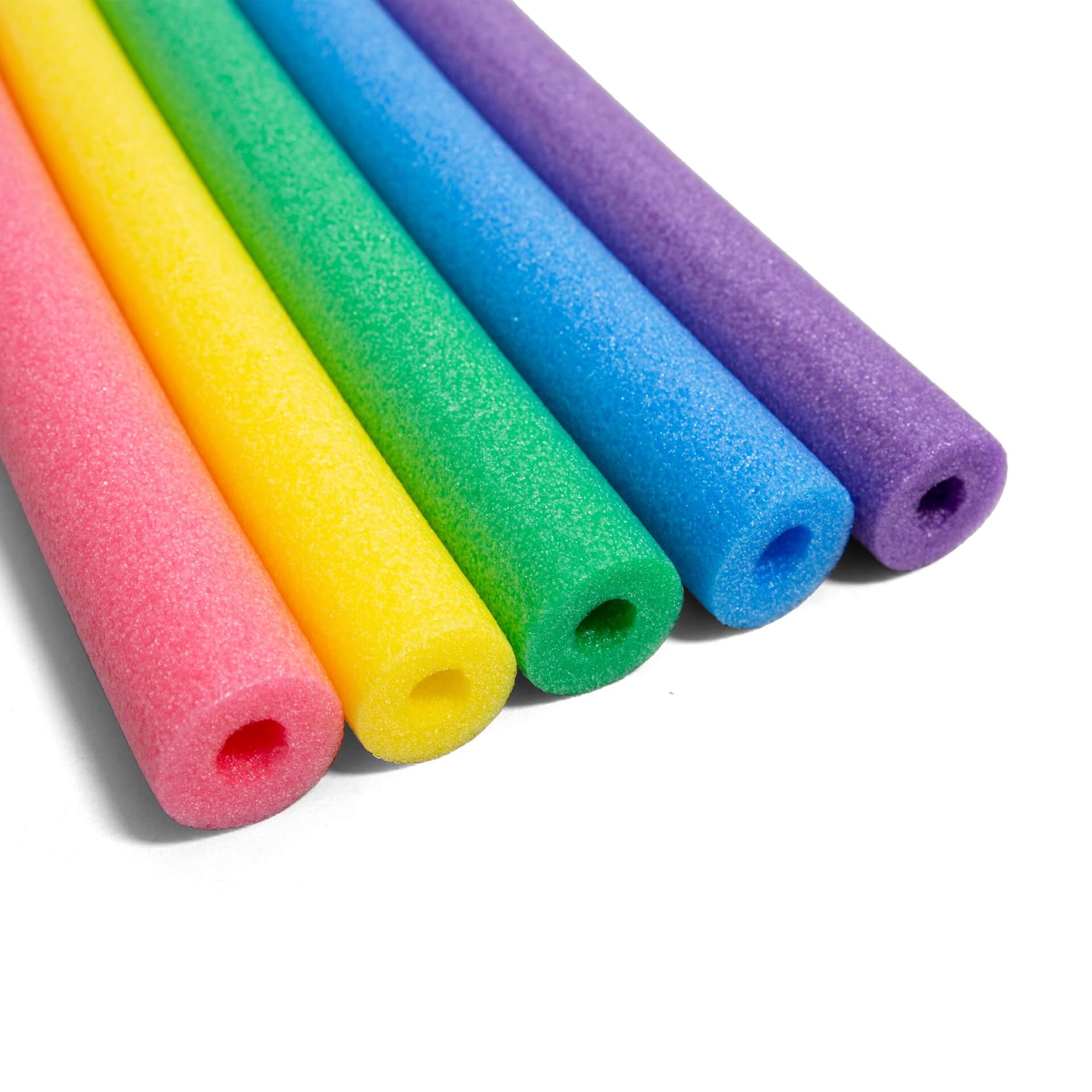
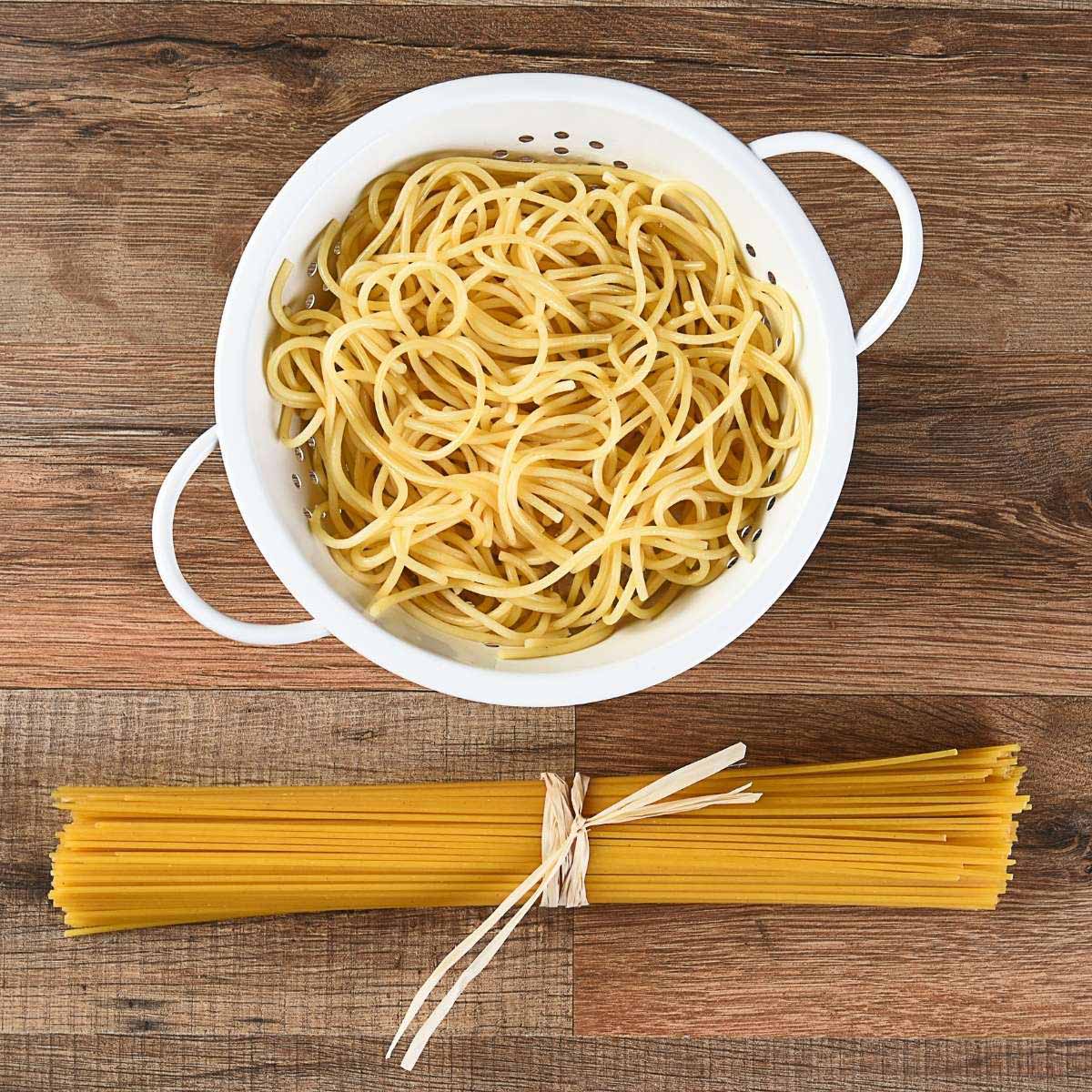
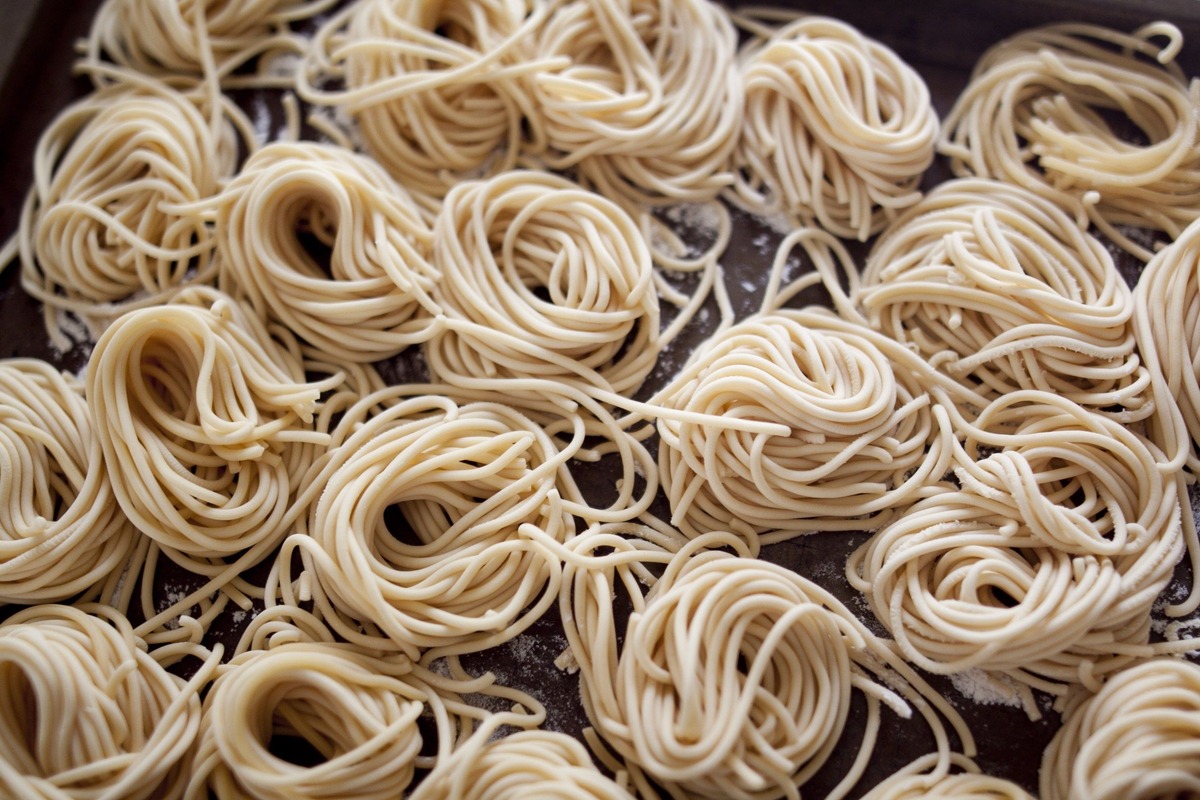
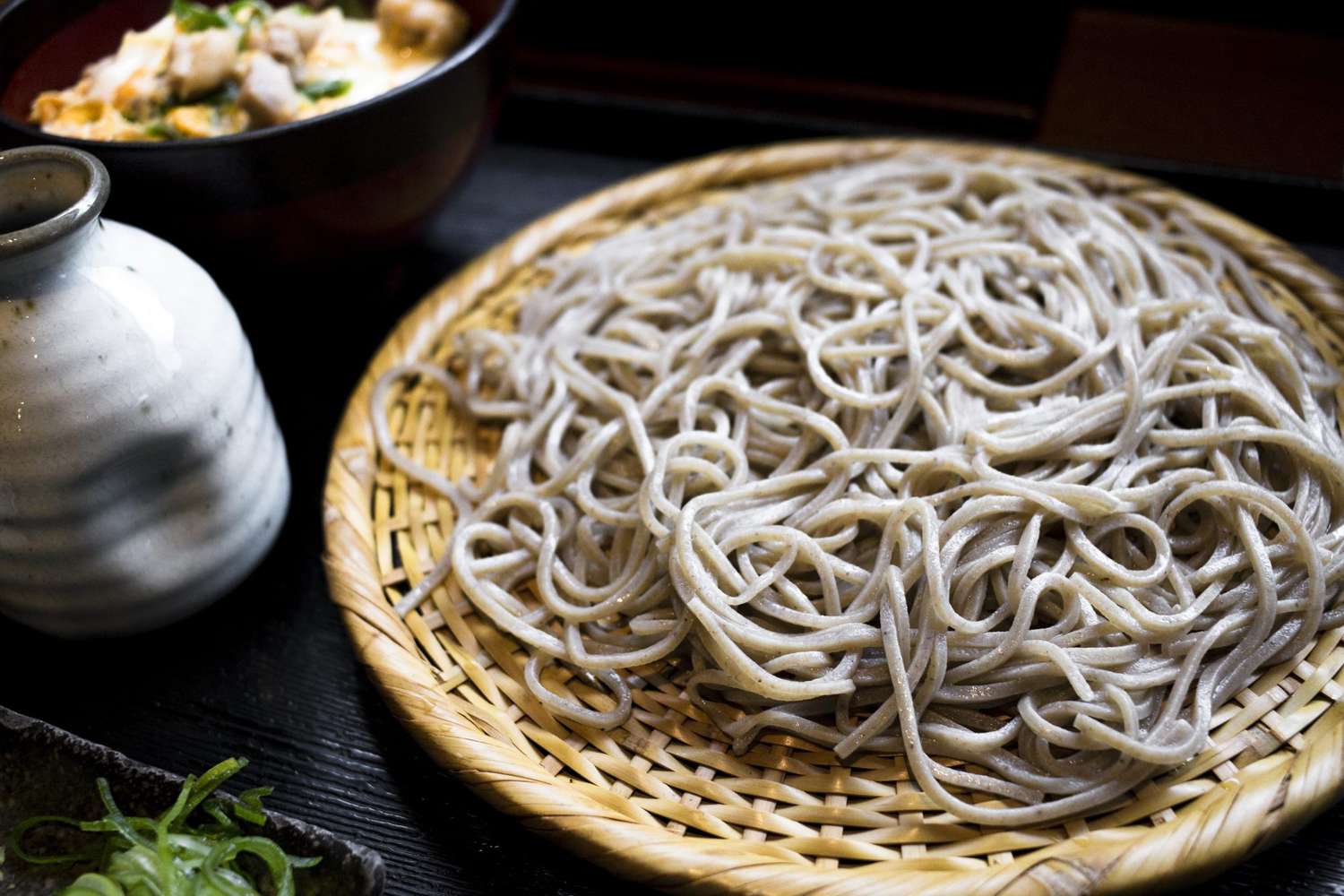
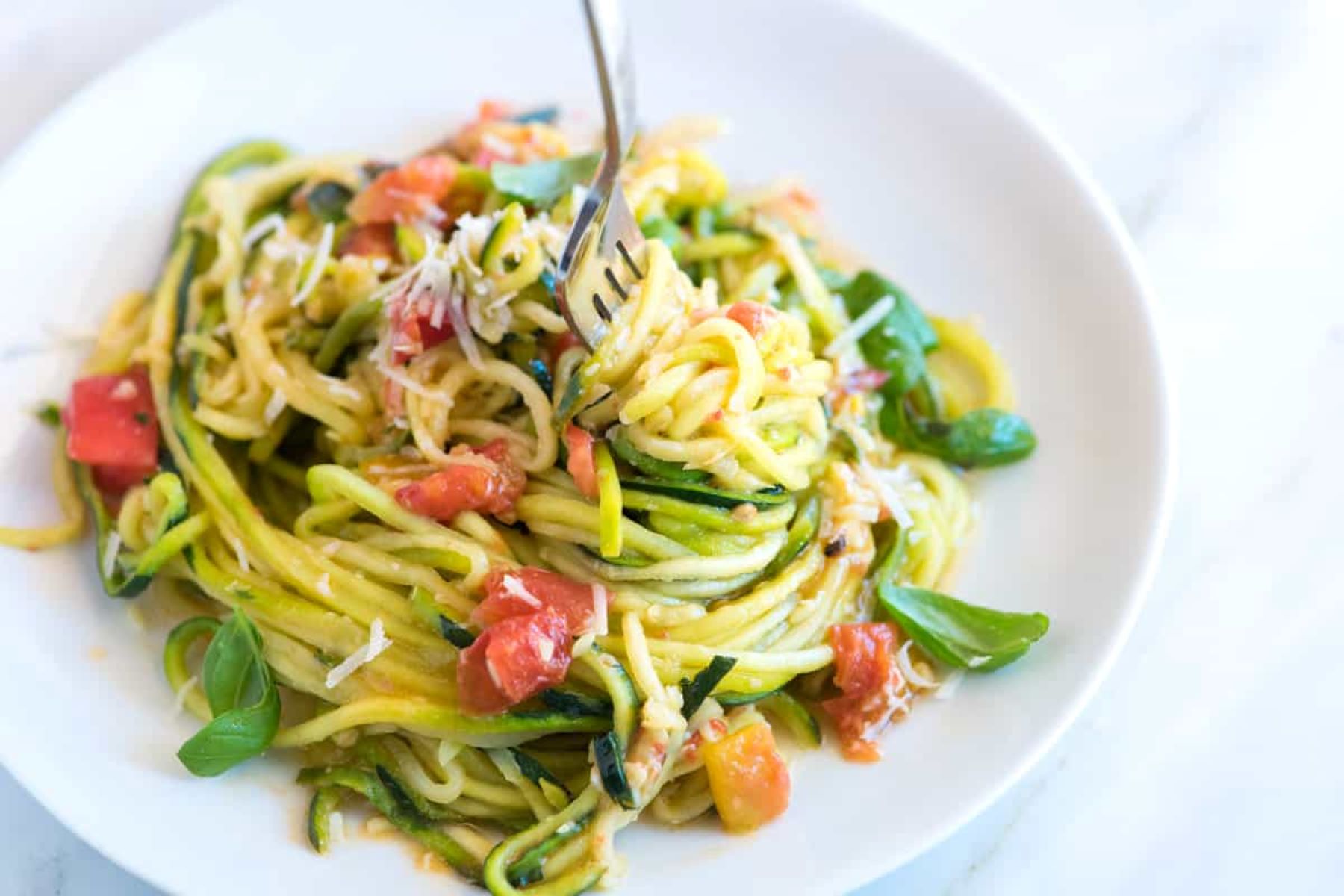
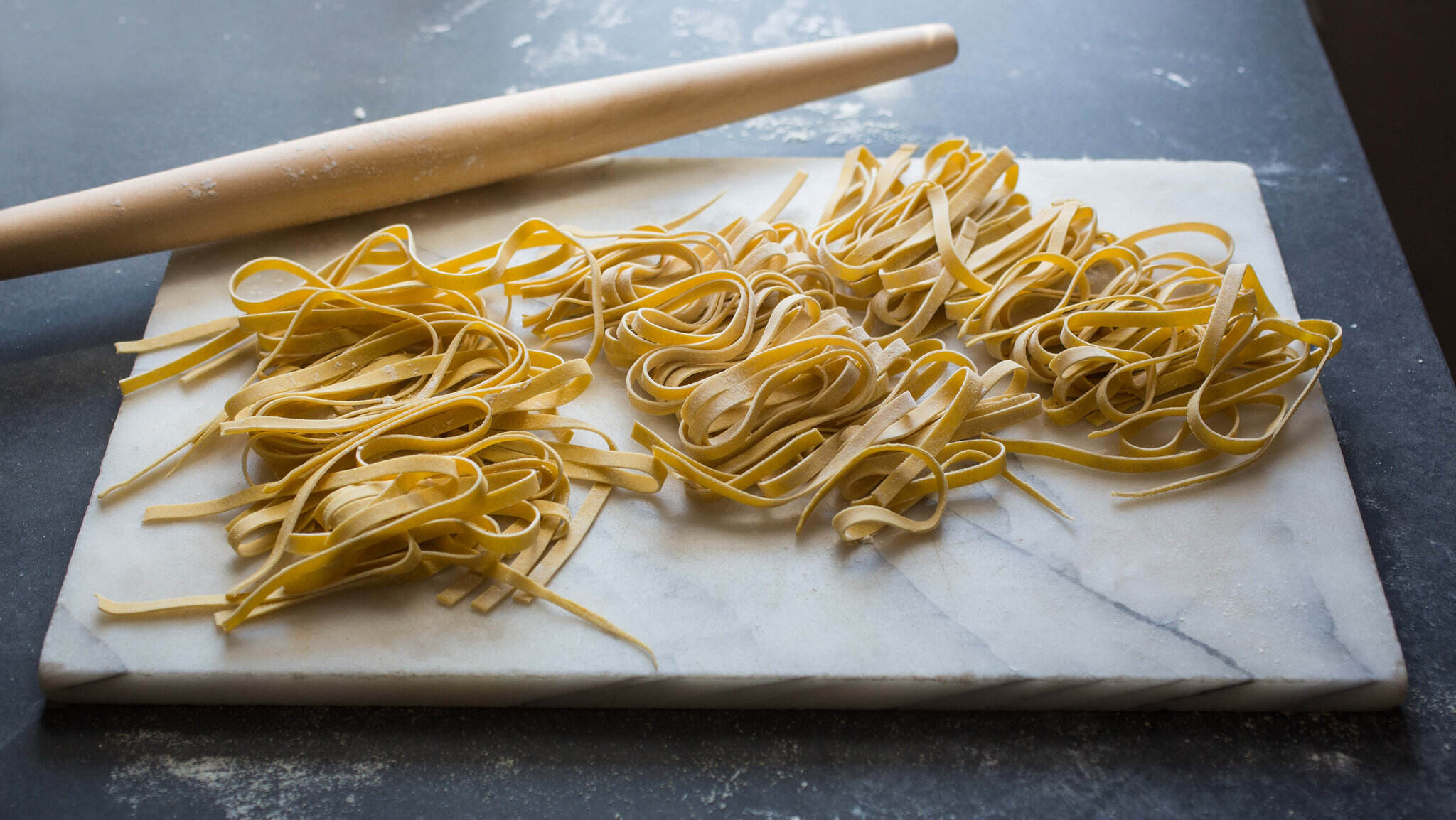
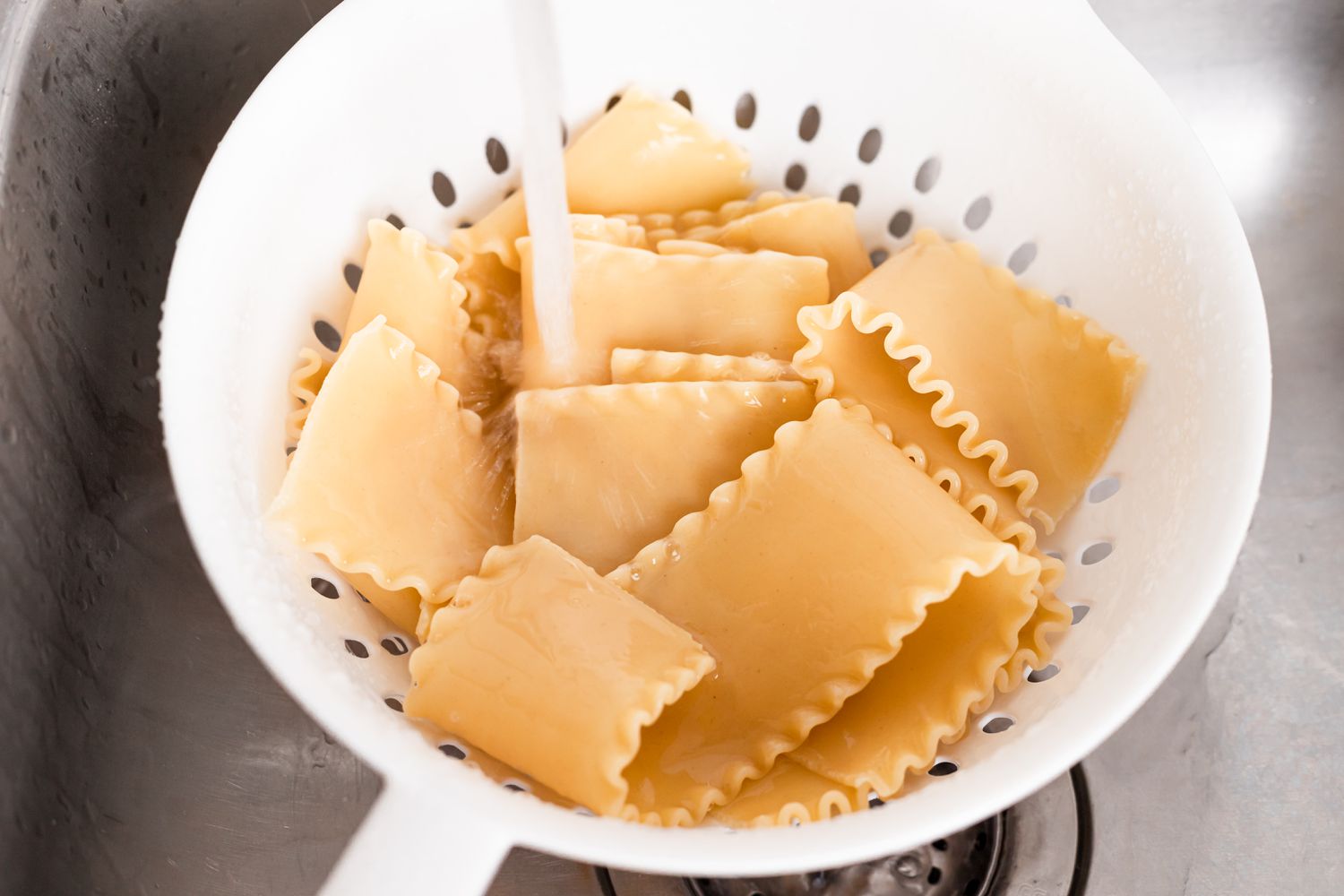

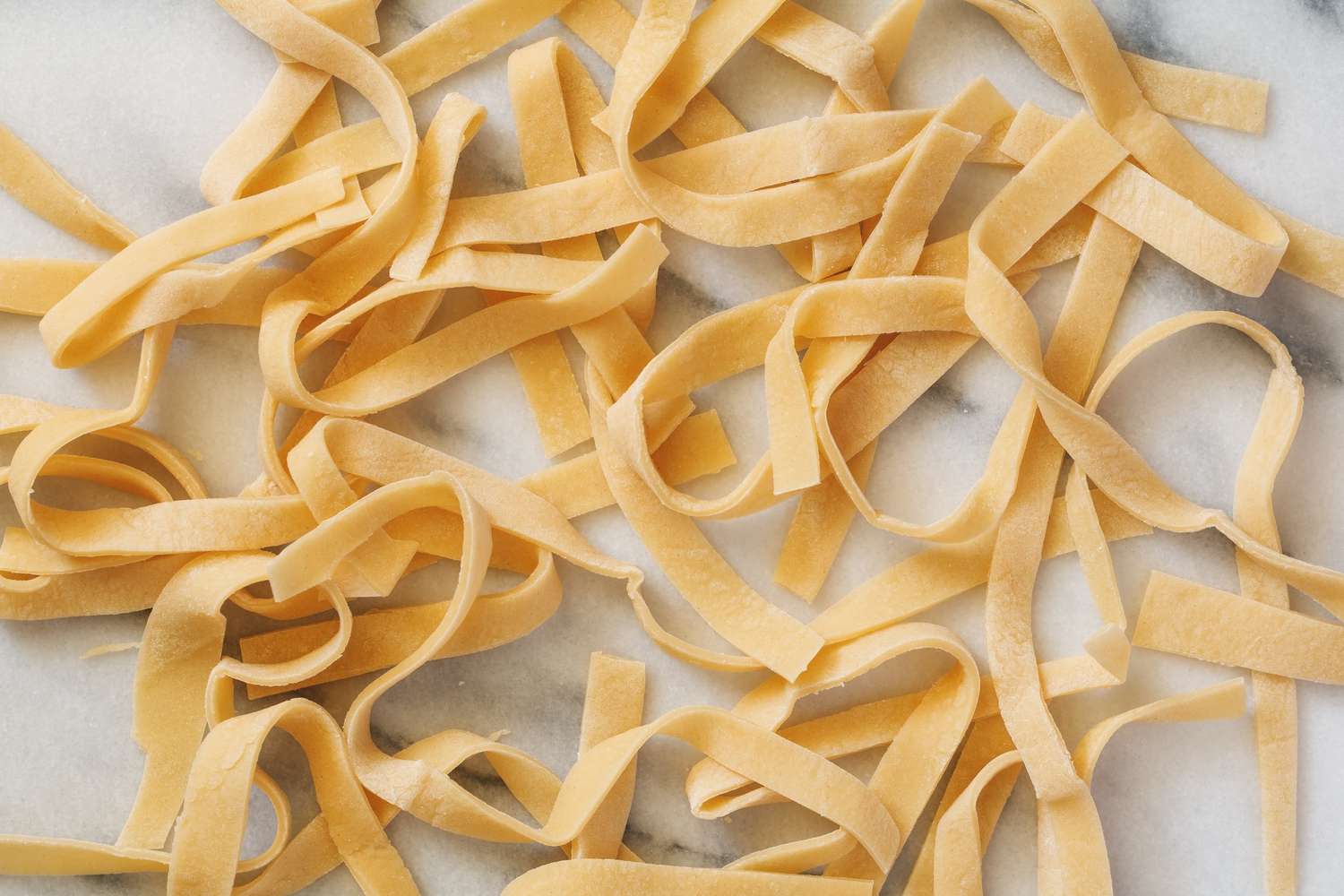
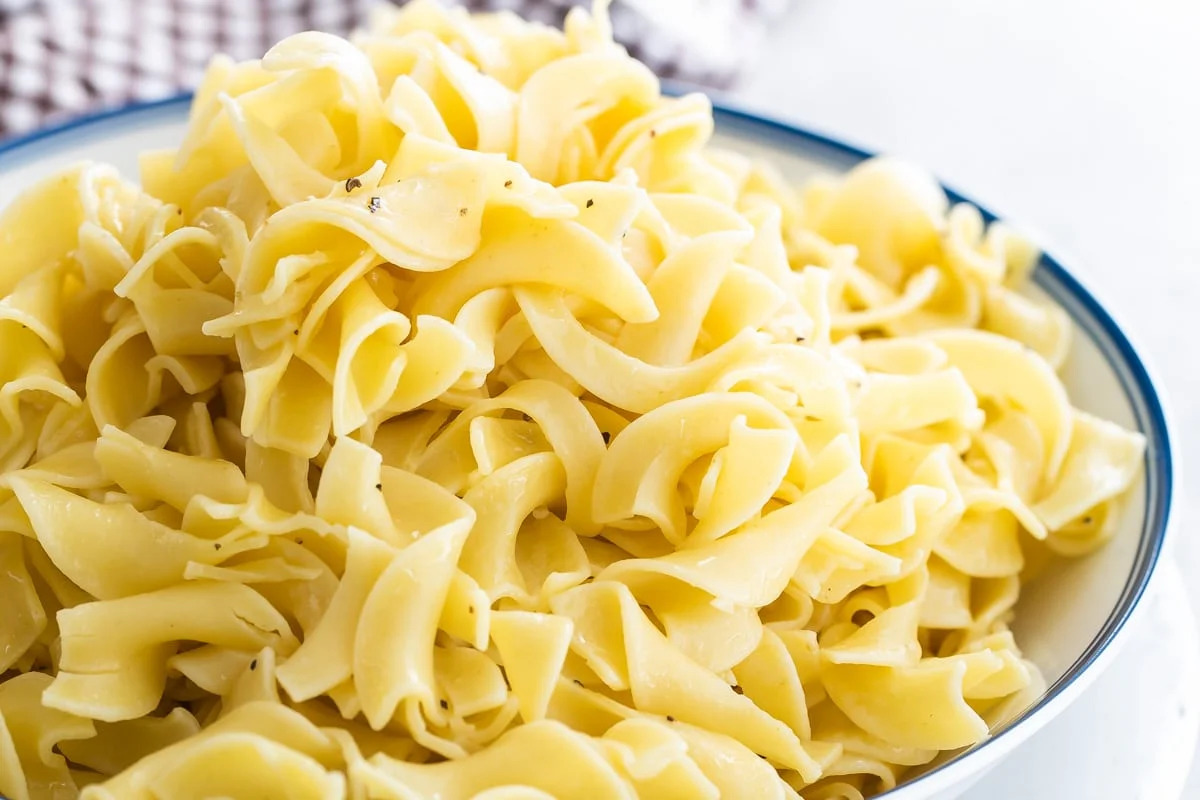
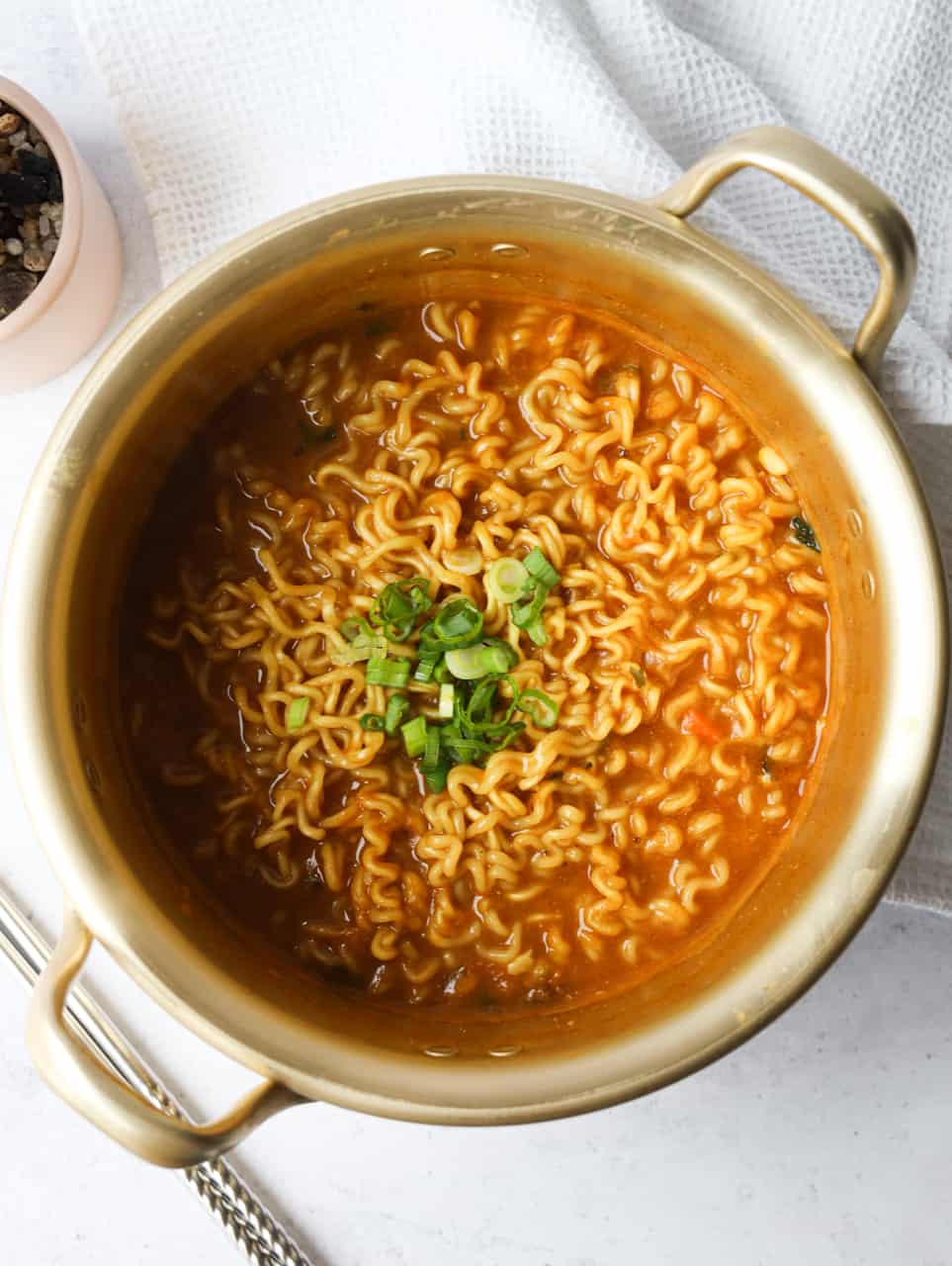
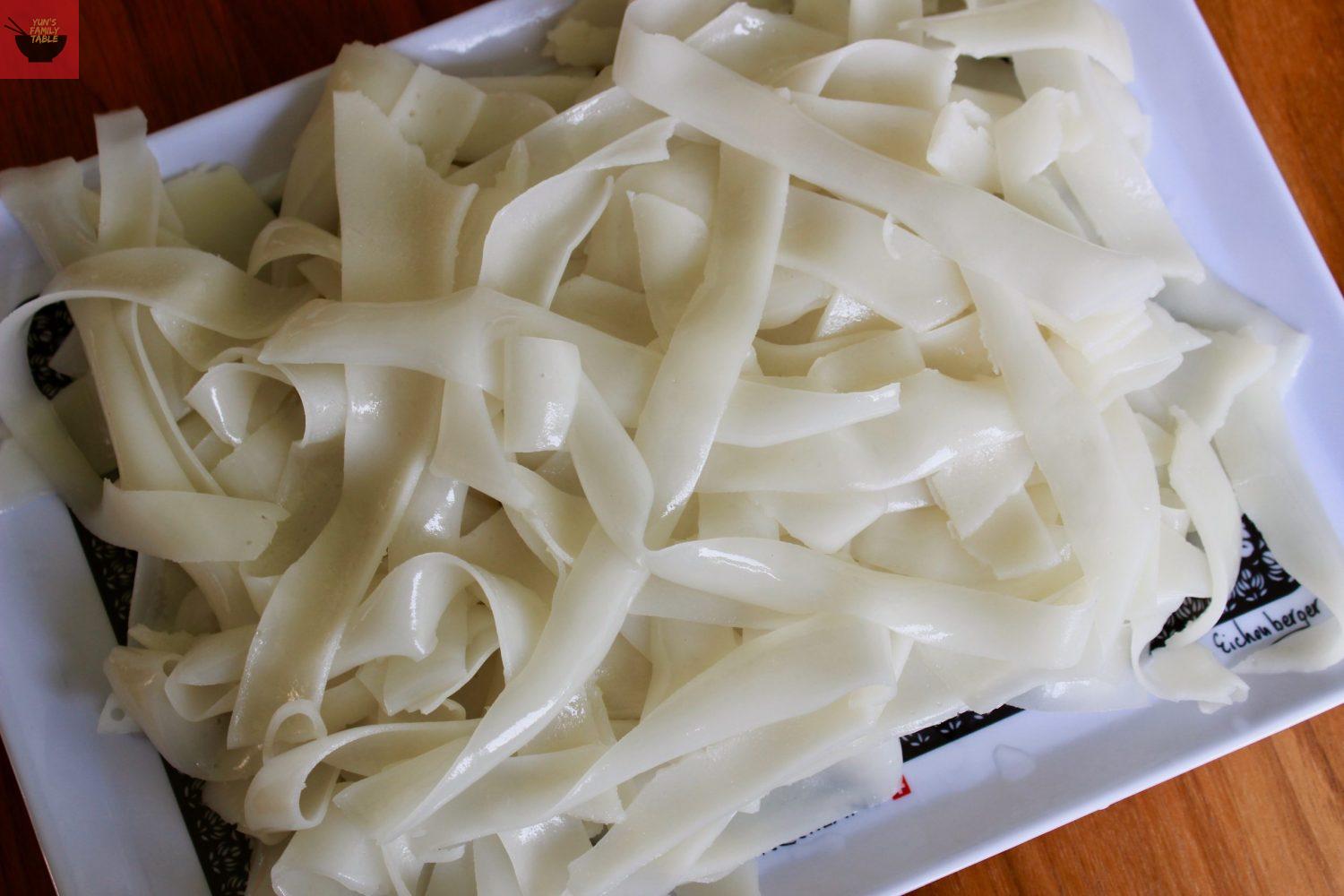
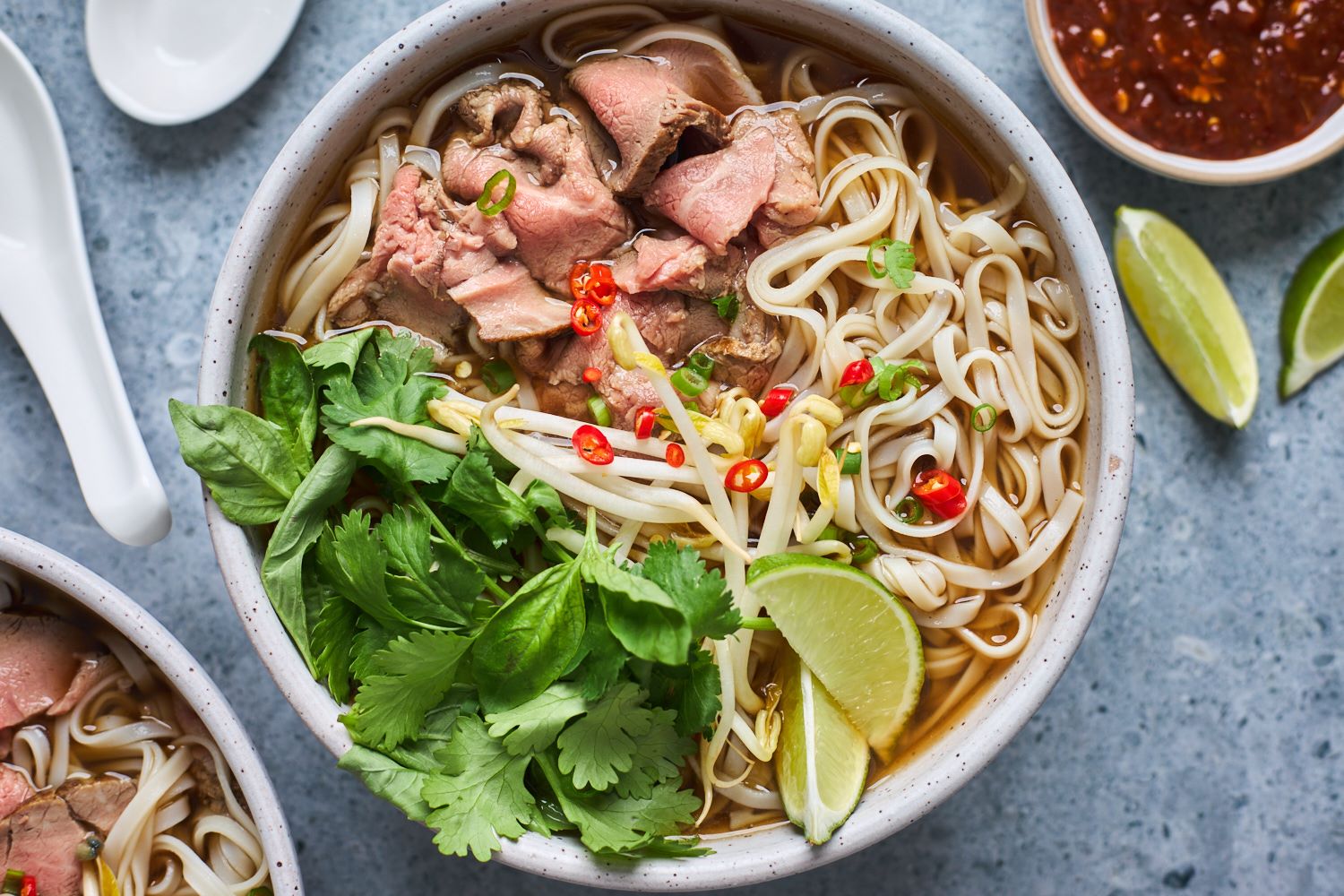
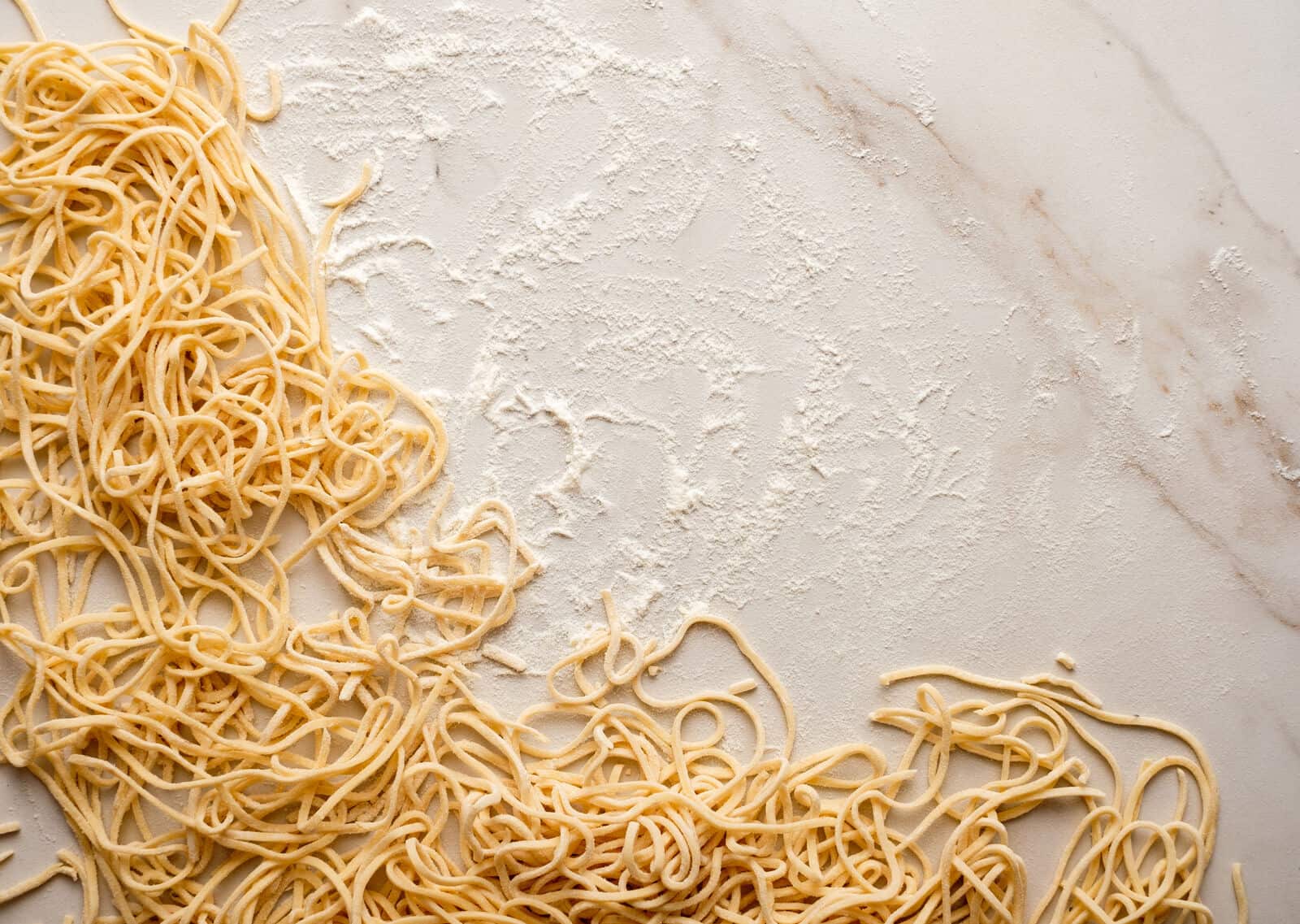

0 thoughts on “How To Store Cooked Rice Noodles”